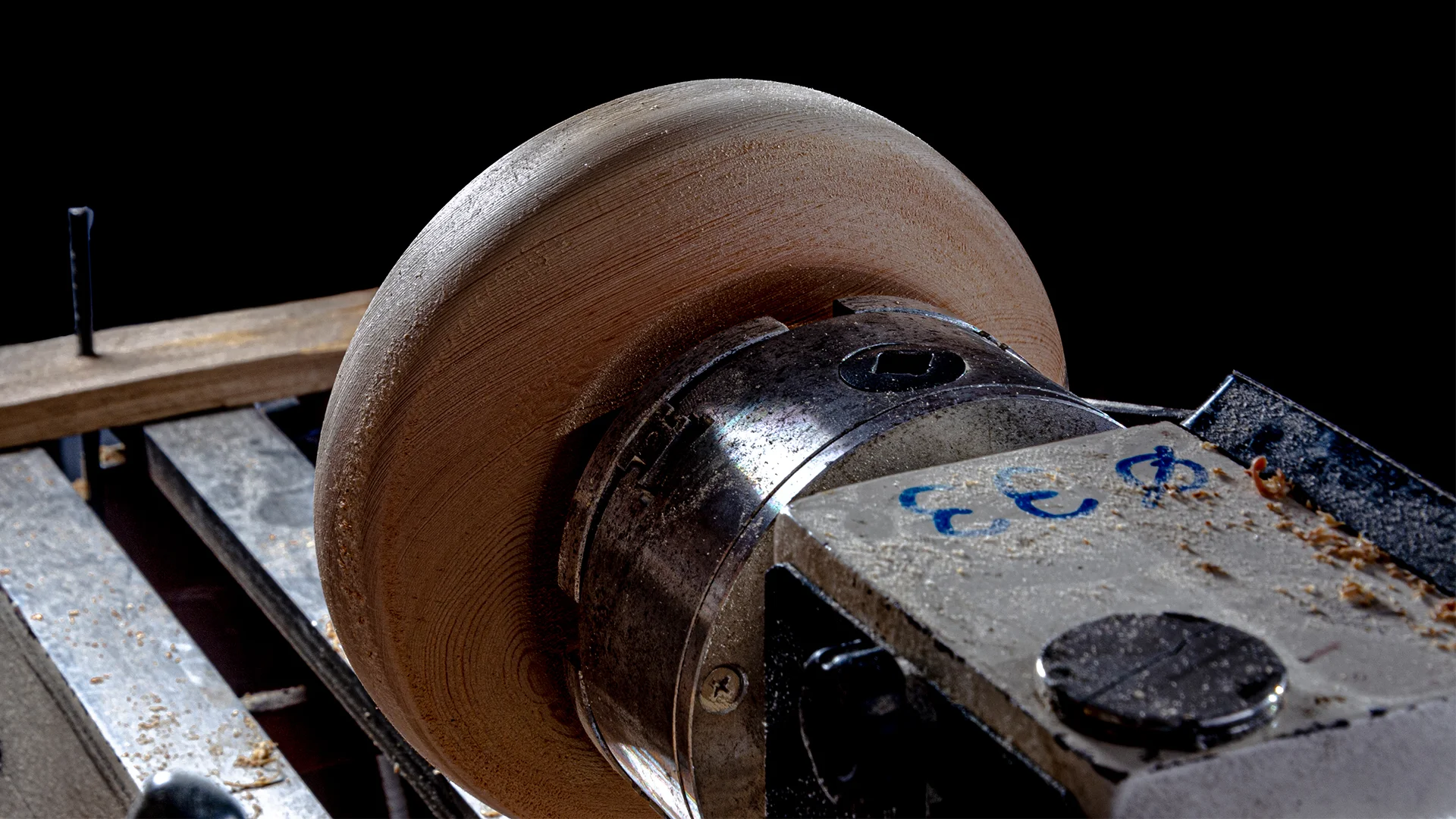
Our Blog

Architectural Woodwork Project Management Tips
Transforming raw lumber into exquisite architectural details requires meticulous planning and execution. Effective project management is the cornerstone of success in the world of architectural woodwork projects, ensuring that intricate designs are translated into high-quality finished products while staying on schedule and within budget.
This meticulous planning doesn’t happen all at once. Instead, successful project management involves breaking down the project into distinct stages, each with its own specific goals. By carefully planning each stage—from understanding the project scope and selecting materials to scheduling tasks and managing inventory—potential problems can be identified and addressed before they derail the project. This staged approach ensures a smooth workflow, avoids costly delays, and ultimately delivers stunning finished pieces that meet the client’s vision.
This comprehensive guide will delve into the key stages of architectural woodwork project management. We’ll explore essential tips and resources to navigate each phase, empowering you to transform your vision into reality. From pre-project planning that sets a solid foundation to flawless execution and a successful handover, this guide will equip you with the knowledge and strategies to achieve exceptional results in every architectural woodwork project you undertake.
Pre-Project Planning
Before the first cut is made, thorough planning sets the stage for a smooth and successful project.
Understanding the Project Scope
Clear communication with both the client and the architect is paramount. By having open discussions, you can define the project deliverables in detail. This could encompass anything from custom cabinetry with unique features to intricate moldings that add a touch of grandeur. Setting realistic expectations at this stage is crucial for a smooth workflow.
Questions to Define Project Scope for Architectural Woodwork Projects:
Overall Vision and Functionality:
- What is your overall vision for the space? (modern, traditional, rustic, etc.)
- How will this woodwork be used? (storage, display, architectural detail)
- Do you have any existing inspiration photos or sketches you can share?
Specific Deliverables:
- Can you describe the type of woodwork you envision? (cabinetry, moldings, built-ins, etc.)
- Do you have any specific features or details in mind for the woodwork? (hardware, hinges, decorative elements)
- Are there any existing architectural features the woodwork needs to integrate with? (doorways, windows, countertops)
Material Selection and Budget:
- Do you have a preference for specific wood types or finishes?
- Are there any budget constraints we should be aware of?
- Are you open to exploring alternative materials to achieve your desired look within budget?
Timeline and Expectations:
- What is your ideal timeline for completion of this project?
- Are there any specific deadlines we need to consider?
- How involved would you like to be in the decision-making process throughout the project?
Additional Considerations:
- Will there be any existing furniture or appliances that need to be accommodated by the woodwork?
- Are there any accessibility needs to consider in the design?
- Do you have any specific requirements for the installation process?
Industry resources like AWI design solutions magazine become your allies here. They offer inspiration for creative designs while also ensuring your project aligns with current trends and best practices. This not only keeps your work on the cutting edge but also avoids any potential roadblocks due to outdated techniques or materials.
Material Selection and Procurement
Choosing the right materials is like selecting the perfect ingredients for a masterpiece. The type of wood you choose significantly impacts the final look and feel of your project. It can transform a space from warm and rustic with reclaimed wood to sleek and modern with high-gloss veneers. Cost-effectiveness and lead times also play a crucial role. Certain exotic hardwoods might be stunning, but their price tag and availability might not fit the project. Here’s where careful planning comes in. Consider all these factors and don’t be afraid to explore alternatives. Leverage your AWI membership benefits! They can connect you with reliable suppliers who offer a wide range of options. Additionally, bulk purchases through AWI suppliers might unlock valuable discounts, keeping your project within budget.
Project Schedule and Budgeting
A detailed project schedule and budget are the secret ingredients for a successful woodwork project. Here, we break down the project into bite-sized tasks, each with its own clear timeline.
The specific timeline for an architectural woodwork project will vary greatly depending on the complexity and size of the project. However, here’s a general framework to consider:
Pre-Project Planning (1-2 weeks):
- Initial client meeting and project scope definition
- Architect collaboration and design finalization
- Material selection and procurement (including lead times)
Project Scheduling and Budgeting (1 week):
- Break down project into manageable tasks (e.g., fabrication, finishing, installation)
- Assign realistic timelines for each task
- Estimate material and labor costs
- Factor in buffer periods for unforeseen delays (10-20% of total project timeline)
Project Execution (Variable):
- Fabrication (based on complexity and material availability)
- Finishing (drying times for stains and varnishes)
- Quality control checks throughout the process
Project Completion and Delivery (1-2 weeks):
- Final inspection with client and sign-off
- Installation (if applicable) including any minor adjustments
Example Timeline (for a medium-sized cabinetry project):
- Week 1-2: Client meeting, design finalization, material selection
- Week 3: Project scheduling, budgeting
- Week 4-6: Fabrication
- Week 7-8: Finishing
- Week 9: Final inspection and sign-off
- Week 10: Installation (if applicable)
Remember: This is just a sample. Be sure to tailor the timeline to the specific project at hand.
Project Execution
Once the groundwork is laid, meticulous execution brings the vision to life.
Effective Communication and Collaboration
In the world of architectural woodwork, achieving stunning results relies heavily on clear and consistent communication between all parties involved. This collaboration is the foundation upon which a successful project is built.
Maintaining Open Communication
Keeping the lines of communication open with both clients and architects is crucial throughout the project. Regular communication helps avoid misunderstandings and ensures everyone is on the same page.
Progress Reports and Meetings
Just as a well-organized team knows exactly where they are in a project, regular progress reports are essential for architectural woodwork projects. These reports, delivered at designated intervals (weekly, bi-weekly, etc.), detail completed tasks, upcoming milestones, and any potential challenges that might arise. Complementing these reports are regular meetings – opportunities for the client, architect, and your team to discuss details, address concerns head-on, and ensure everyone is moving in the same direction.
Project Management Software
In today’s digital world, project management software can be a valuable tool to streamline communication and collaboration. These platforms offer a central location for everyone involved in the project to access information, share updates, and delegate tasks. Imagine a shared workspace where clients can view project files, architects can provide feedback on designs, and your team can track progress on individual tasks. This transparency and centralized communication ensure everyone is working towards the same goal – the creation of exceptional architectural woodwork that meets and exceeds expectations.
Quality Control
In the world of architectural woodwork, even the most meticulous plans can be derailed by inconsistencies in quality. Here’s where Quality Control (QC) steps in – your vigilant guardian against imperfections, ensuring every piece is crafted to the highest standards.
Swift Action for Discrepancies
Even with the most vigilant eyes, minor discrepancies can occur. The key here is swift action. By addressing any issues immediately, you prevent them from snowballing into larger problems down the line. This could involve repairing minor flaws, replacing defective materials, or making slight adjustments to ensure everything aligns perfectly. The goal is to catch and resolve issues early on, avoiding costly rework and delays that could push the project off schedule.
Maintaining High Standards
Ultimately, a robust QC system is about more than just checking boxes. It’s about fostering a culture of excellence within your workshop. By prioritizing quality at every stage, you not only deliver flawless finished products but also build a reputation for exceptional craftsmanship that sets you apart in the competitive world of architectural woodwork.
Project Completion and Delivery
The final stages of an architectural woodwork project are the culmination of meticulous planning, skilled execution, and the moment of truth: presenting your masterpiece to the client. Here’s where careful attention to detail ensures a flawless handover and a delighted client.
The final inspection is your opportunity to meticulously examine every detail of the completed woodwork. This includes double-checking for any minor imperfections, ensuring flawless surface finishes, and verifying that all pieces align perfectly. Remember, even the smallest oversight can detract from the overall impact.
This checklist serves as a guide to ensure a thorough inspection of your completed architectural woodwork project before client sign-off and installation (if applicable).
General Inspection:
- Overall Appearance – Visually inspect all woodwork pieces for any cosmetic flaws, scratches, dents, or uneven staining.
- Assembly and Construction – Verify that all joints are tight and secure, with no gaps or wobbly elements.
- Hardware – Ensure all hardware (hinges, knobs, pulls, etc.) is properly installed, functions smoothly, and matches the agreed-upon finish.
- Level and Plumb – Check that all cabinets, moldings, and other elements are level and plumb using a spirit level.
- Surface Finish – Inspect the finish (paint, stain, varnish) for any inconsistencies, blemishes, or signs of dust contamination.
Cabinetry Inspection (if applicable):
- Door Alignment – Verify that all cabinet doors open and close smoothly without any binding or scraping. Ensure proper alignment and even spacing between doors.
- Drawer Functionality – Check that drawers slide in and out effortlessly, with no sticking or alignment issues.
- Shelving – Confirm that shelves are securely installed and level, with proper weight capacity for intended use.
Additional Considerations:
- Site Verification – If applicable to the project, ensure all cutouts for electrical outlets, plumbing fixtures, or appliances align perfectly.
- Client Approval – Review the project with the client, addressing any minor concerns they might have and ensuring they are completely satisfied before proceeding.
Documentation:
- Take photographs of the completed woodwork from various angles to document the final product for your records and potential future reference.
This checklist is a starting point. You may need to adapt it based on the specific details and complexities of your project.
Conclusion
Effective project management empowers you to deliver architectural woodwork projects on time, within budget, and exceeding client expectations. The Architectural Woodworkers Institute (AWI) is your partner in this pursuit. AWI membership unlocks a wealth of resources and ongoing support, ensuring you stay on the cutting edge of project management practices. By embracing new technologies and industry best practices, you’ll be well-equipped to consistently deliver exceptional results, leaving a lasting legacy of exquisite woodwork.
Recent Post
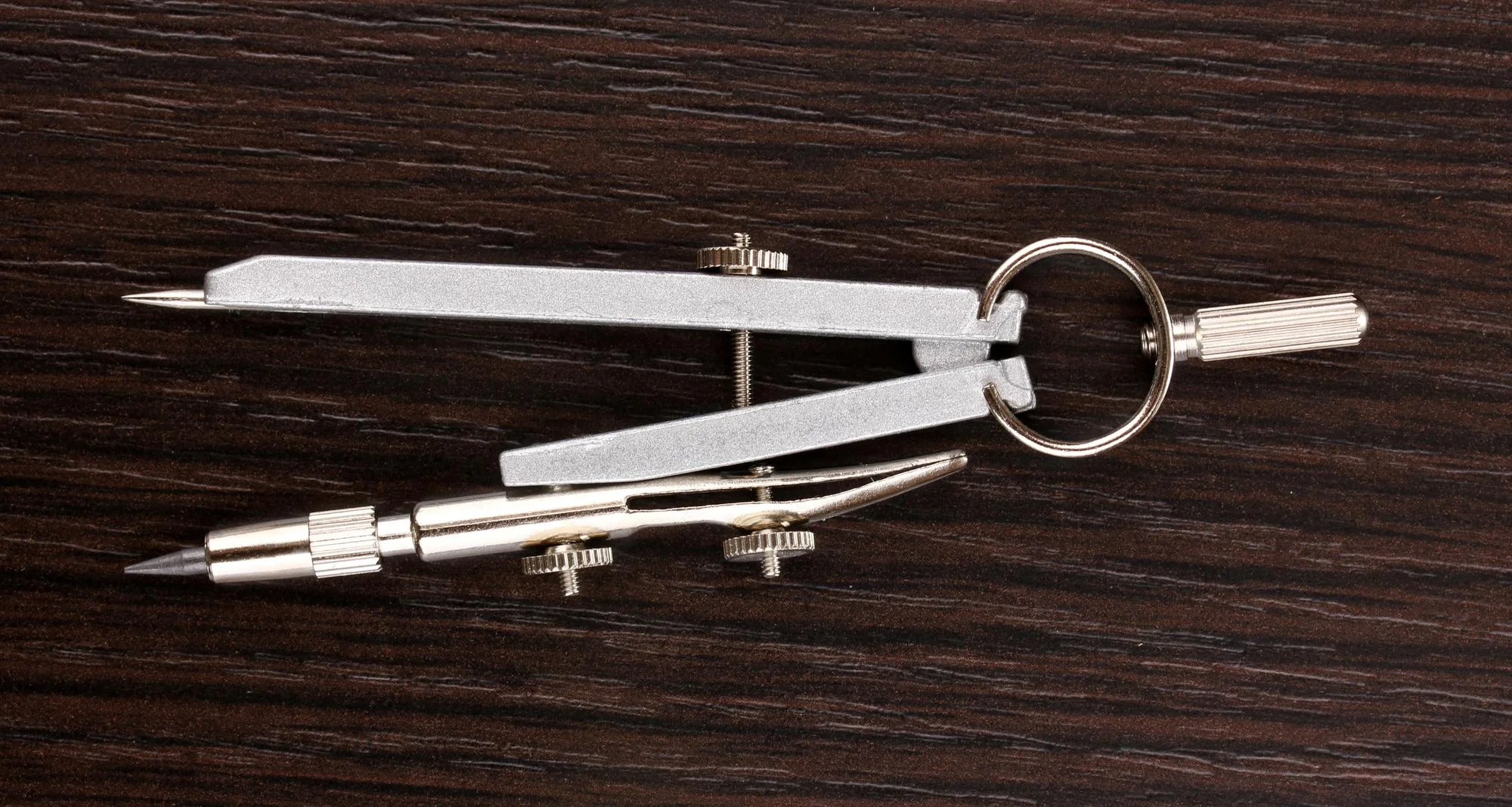
How to Choose the Best Woodworking Compass: Expert Tips and Tricks
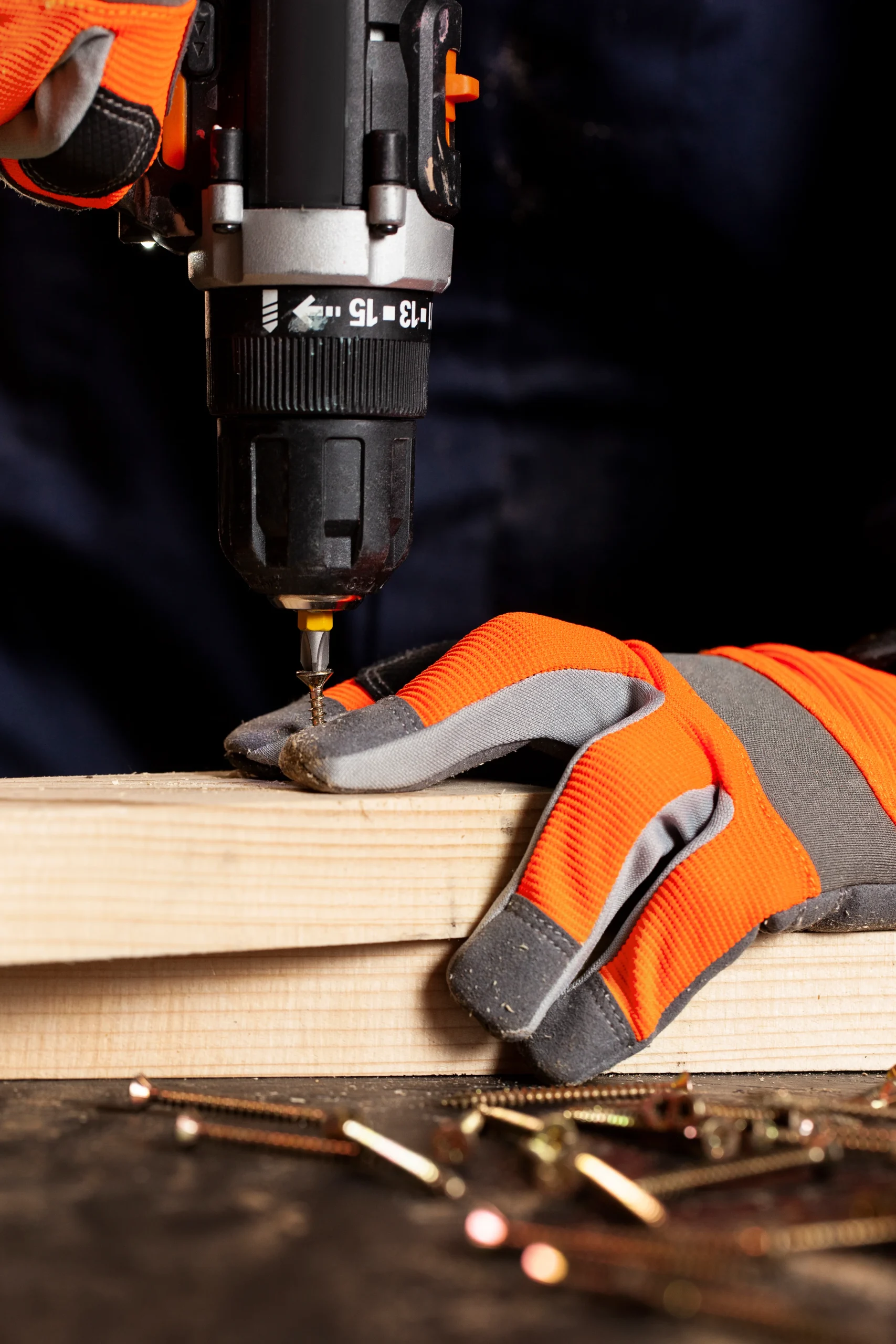
Screw Gun vs Drill: What Every Woodworker Needs to Know
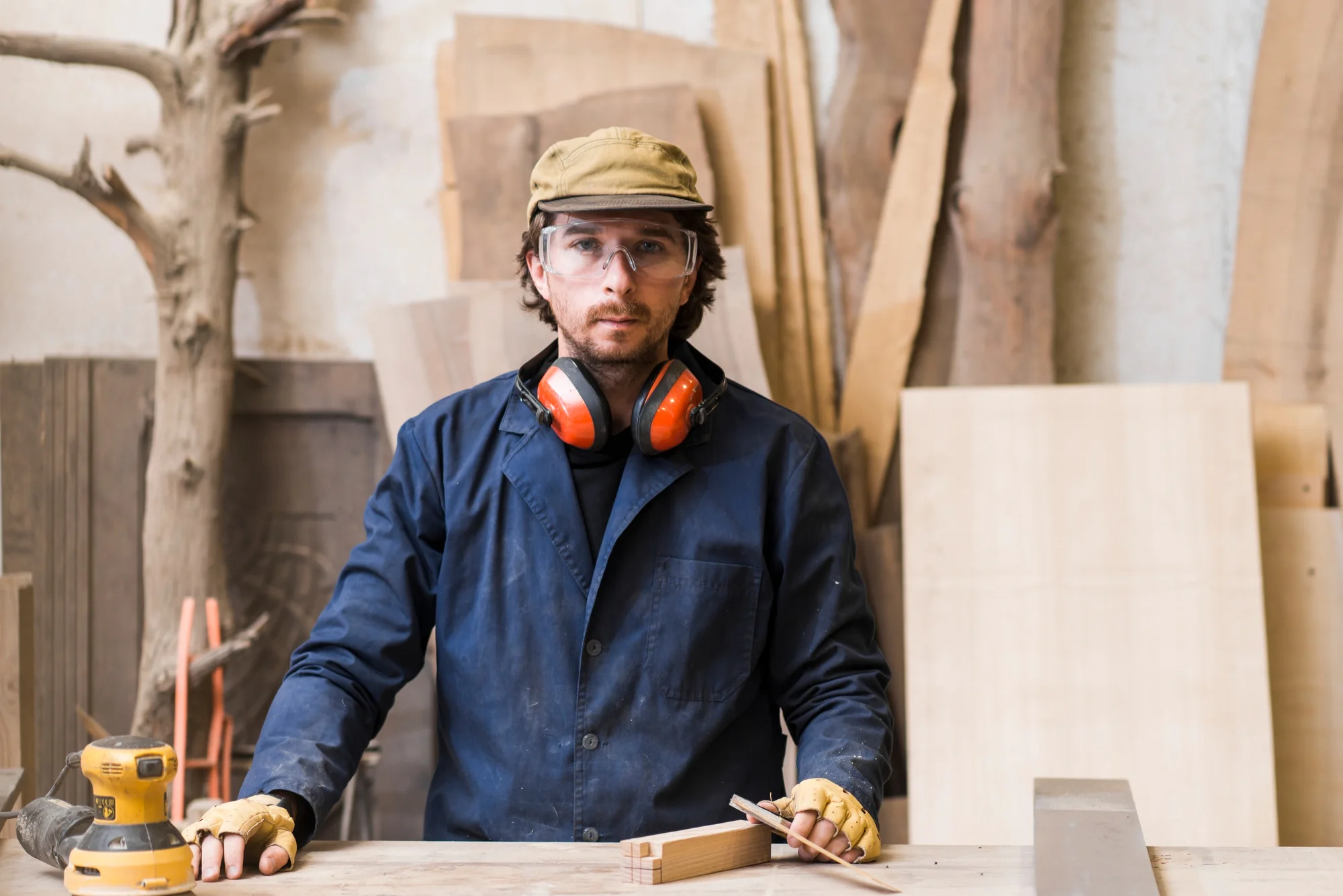
Woodworking PPE Checklist: Are You Fully Protected?
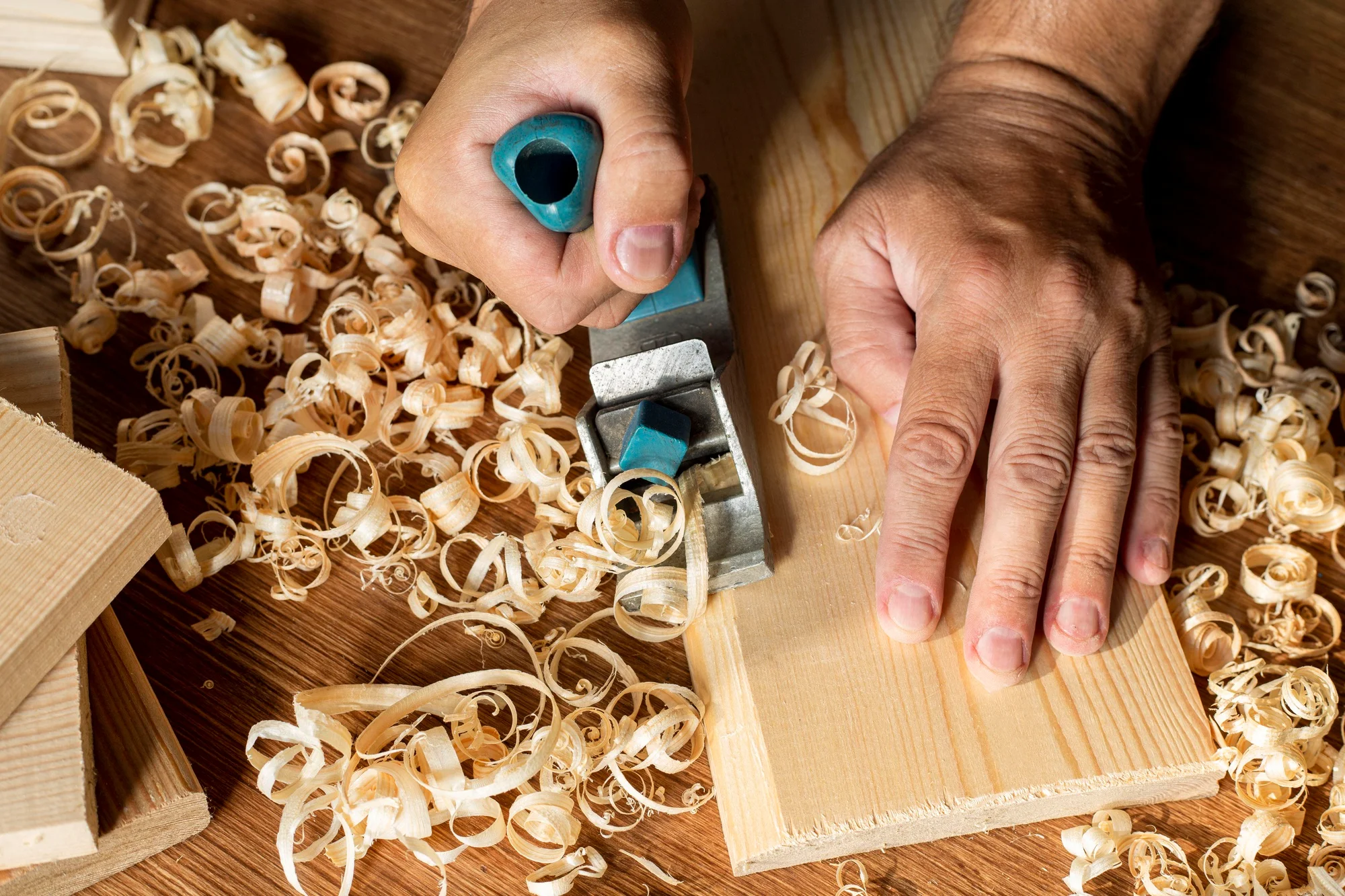
Green Woodworking 101: A Beginner’s Guide to Crafting with Unseasoned Wood
